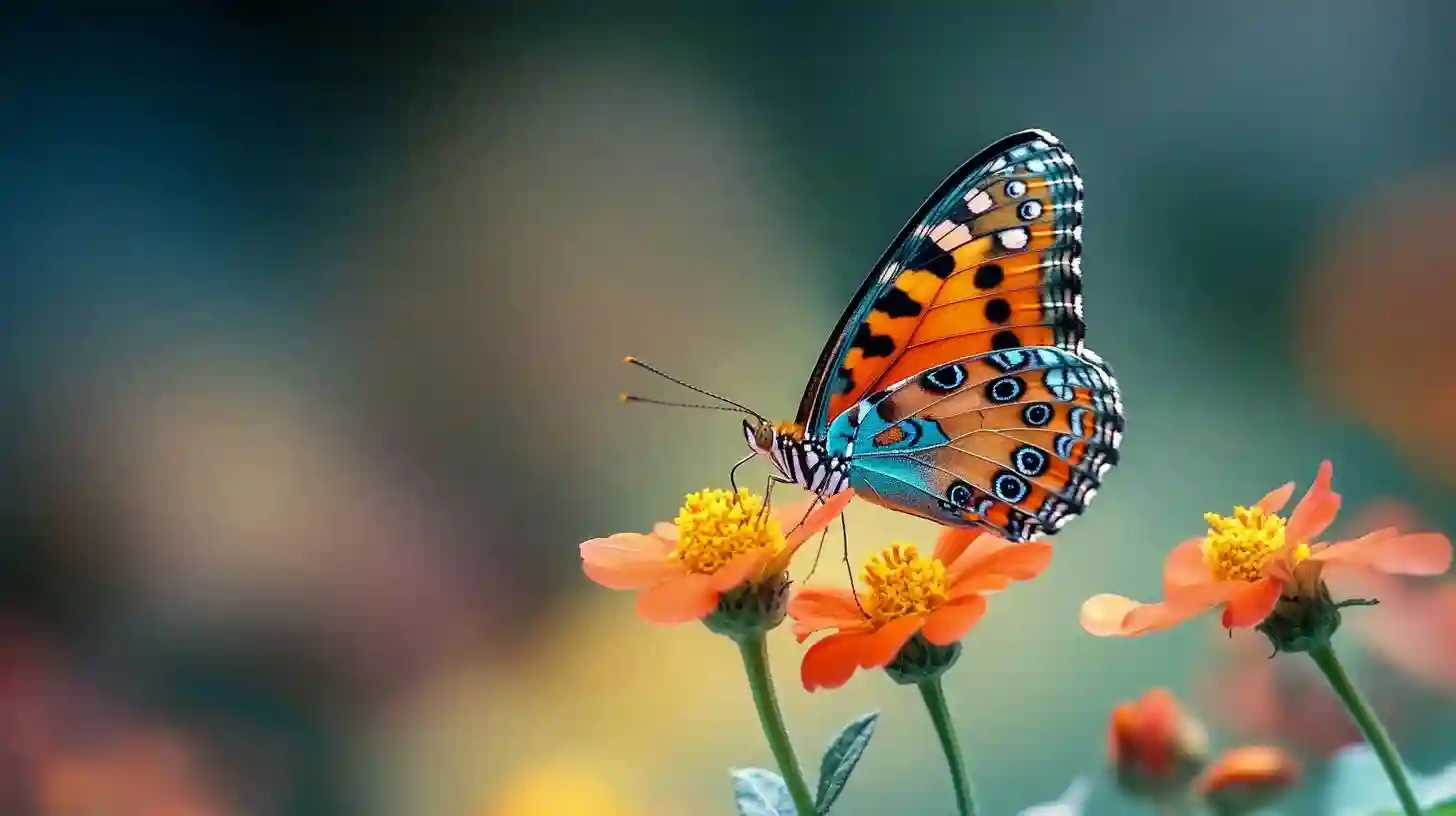
Butterflies are remarkable creatures, captivating not only for their beauty but also for their essential role in the ecosystems they inhabit. One of the key relationships that highlight their ecological importance is their dependence on flowers. This relationship is not merely a matter of sustenance for butterflies; it is a complex interplay that affects various facets of the environment, influencing plant reproduction, food webs, and even the health of ecosystems.
The life cycle of a butterfly includes a larval stage where caterpillars often feed on specific host plants. While this relationship with plants is crucial for their development, adult butterflies primarily rely on flowers for nourishment in the form of nectar. This sugary liquid serves as the primary energy source for butterflies, allowing them to sustain their activities, from flying thousands of miles in migration to engaging in courtship displays during mating. Butterflies possess long proboscises designed to reach deeply into flowers, showcasing their evolved adaptations that facilitate access to the nectar contained within.
As butterflies feed on nectar, they inadvertently become significant pollinators. Pollination is a vital ecological process in which pollen is transferred from one flower to another, enabling plants to reproduce successfully. Many flowering plants have evolved alongside butterflies, adapting their structure and coloration specifically to attract these pollinators. Bright colors and intricate patterns of petals often serve to entice butterflies, encouraging them to visit the flowers. When butterflies move from bloom to bloom, their bodies collect pollen from the anthers of flowers and transfer it to stigmas, facilitating cross-pollination that promotes genetic diversity and enhances plant population resilience.
This relationship between butterflies and flowering plants extends beyond individual species; it is a foundational aspect of entire ecosystems. Many plants rely on specific pollinators to thrive, and in turn, those plants become a critical resource for many other organisms within the ecosystem. For instance, a healthy population of flowering plants leads to the presence of herbivores that depend on those plants for food. These herbivores attract predators, thus maintaining the food chain and supporting various trophic levels. The decline or extinction of a butterfly species can have cascading effects that disrupt these delicate balances, potentially leading to declines in plant populations and the wildlife that depends on them.
Butterflies also serve as indicators of environmental health, acting as barometers for a range of ecosystem changes. Their presence and diversity can reflect the state of the environment, often signaling shifts in plant communities or the impacts of habitat degradation. Factors such as climate change, habitat loss, and pesticide use can profoundly affect butterfly populations, threatening the intricate webs of life they support. Conservation efforts aimed at protecting butterfly habitats not only benefit these pollinators but also safeguard the variety of other organisms that rely on the same floral resources.
In urban environments, the presence of butterflies can signify the health of green spaces. Urban gardens, parks, and community landscapes that cultivate native flowering plants can provide essential habitats for butterflies. By planting a diverse array of flowers, communities can create environments that attract butterflies and other pollinators, thus enriching urban ecosystems. Engaging in butterfly gardening not only supports these insects but also promotes awareness of the interconnectedness of nature, encouraging individuals to appreciate and protect their local flora and fauna.
Furthermore, butterflies contribute to cultural and aesthetic values in societies around the globe. Their vibrant colors and delicate forms are often celebrated in art, literature, and folklore, embodying ideals of transformation and beauty. This appreciation extends into educational realms, where butterflies are often subjects in studies about life cycles, ecology, and conservation. Schools and nature programs frequently utilize butterflies as tools for teaching ecological principles, emphasizing the interconnectedness of life.
Recognizing the crucial role butterflies play emphasizes the importance of sustaining their populations through habitat conservation and restoration. Protecting existing natural habitats, supporting organic farming practices, and reducing pesticide use can significantly enhance the survival of butterfly species. Community members can also contribute by cultivating butterfly-friendly gardens that provide essential nectar and host plants while fostering biodiversity in their neighborhoods.
The dependence of butterflies on flowers is a testament to the intricate relationships that define our ecosystems. The survival of butterflies and their essential role as pollinators and indicators of ecological health highlights the necessity of fostering environments that promote their presence. As we continue to understand the significance of butterflies, we find ourselves called to action, championing the preservation of these magnificent creatures and the ecosystems they help sustain.